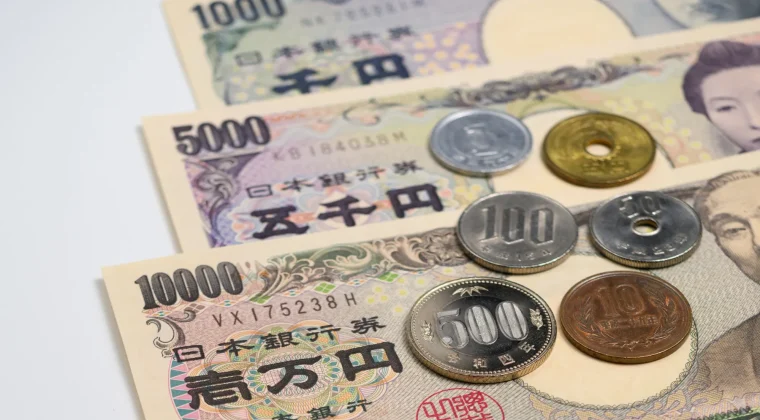-
- Plateformes de trading
- Application PU Prime
- MetaTrader 5
- MetaTrader 4
- PU Copy Trading
- Trader Web
- PU Social
-
- Conditions de Trading
- Types de compte
- Spreads, Coûts et Swaps
- Dépôts et Retraits
- Frais et Charges
- Heures de Trading

Key Takeaways:
*Real wages slump as inflation outpaces income: May real wages fell 2.9% YoY, highlighting deepening pressure on household consumption as inflation remains elevated and wage growth lags behind.
*BOJ faces policy trap amid weak data, rising risks: The BOJ remains dovish despite market pressure, with subdued wage dynamics and external headwinds complicating any normalization plans.
*Trump tariffs deepen downside as trade talks fail: USD/JPY extends gains after Trump’s 25% tariff threat on Japanese imports. Ongoing trade tensions and lack of resolution add to yen’s bearish momentum.
Market Summary:
The Japanese Yen remains under significant pressure as a toxic mix of domestic fragility and escalating external headwinds weigh on sentiment. A steep 2.9% decline in real wages in May—marking the fastest pace of erosion in nearly two years—highlights the disconnect between inflation and nominal income growth, with inflation running at 4.0% YoY versus just 1.0% in nominal wages. The erosion of household purchasing power raises red flags for Japan’s already fragile consumption recovery, even as household spending data showed a temporary rebound.
Meanwhile, monetary policy remains a drag. The Bank of Japan continues to strike a dovish tone despite mounting market pressure, as wage stagnation and lackluster inflation-adjusted growth complicate any effort to normalize interest rates. These internal dynamics are now being compounded by external shocks—most notably, U.S. President Donald Trump’s announcement of a sweeping 25% tariff on Japanese imports effective August 1. The breakdown in U.S.-Japan trade negotiations and threats of further retaliatory tariffs have further destabilized the outlook.
Market response has been swift. The Yen breached the 146.00 handle against the dollar, driven by a sharp rise in U.S. Treasury yields and growing yield divergence. Technically, the pair is exposed to further upside if risk-off flows remain limited and the BOJ sticks to its current stance. Still, geopolitical risks, a weakening consumer base, and trade-related uncertainty leave the Yen increasingly vulnerable. Near-term direction will hinge on Tokyo’s policy recalibration—if any—and the outcome of bilateral trade diplomacy with Washington.
USD/JPY has extended its upward trajectory, breaching the 146.20 resistance level and currently consolidating near the 146.35 region. The pair is maintaining a steep ascent from the late-June low, underpinned by firm U.S. yield support and broad yen weakness amid trade war concerns and BOJ dovishness.
Technically, the Relative Strength Index (RSI) has surged to 73, entering overbought territory for the first time in weeks. While this signals strong bullish momentum, it also raises the risk of near-term exhaustion unless price action stabilizes or consolidates below key resistance.
The MACD remains firmly in bullish alignment. The MACD line continues to rise above the signal line, and the widening histogram suggests strengthening upside momentum. So far, there are no signs of divergence or reversal on the momentum front.
With the pair holding above the 146.20 breakout zone, the near-term bias remains constructive. A sustained move above this level opens the door to a potential retest of 147.70 and possibly the June high at 148.60. However, overbought signals and geopolitical uncertainty may prompt short-term pullbacks before any breakout continuation.
Resistance levels: 147.70, 148.60
Support levels: 146.20, 145.10

Tradez le Forex, les indices, Métaux et plus encore avec des spreads faibles et une exécution ultra-rapide.
Inscrivez-vous pour un compte réel PU Prime grâce à notre procédure simplifiée.
Approvisionnez facilement votre compte grâce à un large éventail de canaux et de devises acceptées.
Accédez à des centaines d’instruments avec les meilleures conditions de trading.